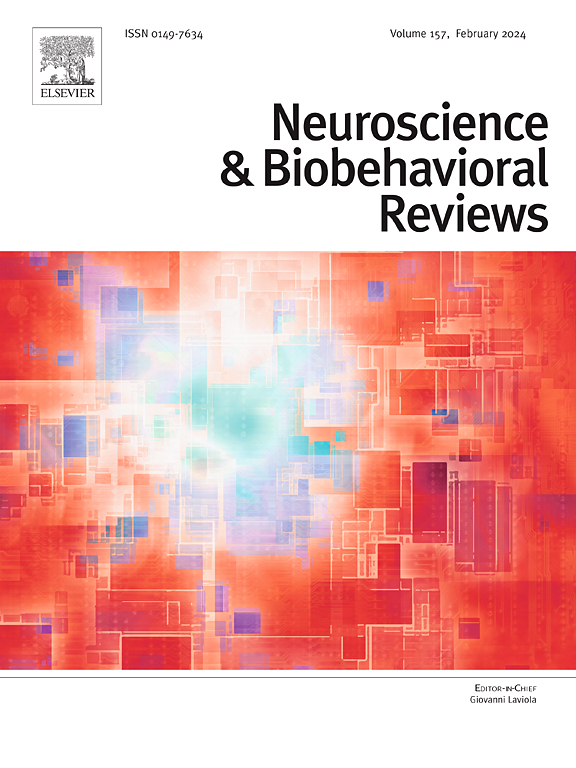从数据到发现:技术推动发展科学的语音语言研究和理论建设
IF 7.5
1区 医学
Q1 BEHAVIORAL SCIENCES
引用次数: 0
摘要
语音和语言发展的研究有着悠久的历史,但在过去的十年里,它已经被记录技术、分析和分类工具以及基于人工智能的语言模型的进步所改变。我们进行了一项系统的文献综述,以确定最近开发的(半)自动化工具,用于研究婴儿和5岁以下儿童的语音语言发展和学习者环境。语言环境分析(LENA)系统是使用最广泛的工具,最近出现了越来越多的自由和/或开源工具。大多数研究都是在自然环境中进行的,主要是记录较长时间(一整天的记录)。在弱势群体和临床人群的背景下,到目前为止,大多数研究都集中在听力损失或自闭症儿童身上。我们的回顾揭示了文献在文化、语言、地理、临床和社会多样性方面的显著差异。此外,我们发现了当前技术的局限性,特别是在软件方面,这限制了研究人员充分利用真实世界的音频数据。实现全天记录的全球适用性和可访问性将需要一种综合的方法,将技术创新、方法严谨和道德责任结合起来。加强参与者样本的包容性,简化工具获取,解决数据隐私问题,扩大临床应用,可以为更全面和公平地了解早期言语和语言发展铺平道路。提供更高效率和更低成本的自动化工具有可能使这一研究领域的科学更具地理和文化多样性,从而产生更有代表性的语言发展理论。本文章由计算机程序翻译,如有差异,请以英文原文为准。
From data to discovery: Technology propels speech-language research and theory-building in developmental science
Research on speech and language development has a long history, but in the past decade, it has been transformed by advances in recording technologies, analysis and classification tools, and AI-based language models. We conducted a systematic literature review to identify recently developed (semi-)automatic tools for studying speech-language development and learners' environments in infants and children under the age of 5 years. The Language ENvironment Analysis (LENA) system has been the most widely used tool, with more and more alternative free- and/or open-source tools emerging more recently. Most studies were conducted in naturalistic settings, mostly recording longer time periods (daylong recordings). In the context of vulnerable and clinical populations, most research so far has focused on children with hearing loss or autism. Our review revealed notable gaps in the literature regarding cultural, linguistic, geographic, clinical, and social diversity. Additionally, we identified limitations in current technology—particularly on the software side—that restrict researchers from fully leveraging real-world audio data. Achieving global applicability and accessibility in daylong recordings will require a comprehensive approach that combines technological innovation, methodological rigour, and ethical responsibility. Enhancing inclusivity in participant samples, simplifying tool access, addressing data privacy, and broadening clinical applications can pave the way for a more complete and equitable understanding of early speech and language development. Automatic tools that offer greater efficiency and lower cost have the potential to make science in this research area more geographically and culturally diverse, leading to more representative theories about language development.
求助全文
通过发布文献求助,成功后即可免费获取论文全文。
去求助
来源期刊
CiteScore
14.20
自引率
3.70%
发文量
466
审稿时长
6 months
期刊介绍:
The official journal of the International Behavioral Neuroscience Society publishes original and significant review articles that explore the intersection between neuroscience and the study of psychological processes and behavior. The journal also welcomes articles that primarily focus on psychological processes and behavior, as long as they have relevance to one or more areas of neuroscience.

 求助内容:
求助内容: 应助结果提醒方式:
应助结果提醒方式:


